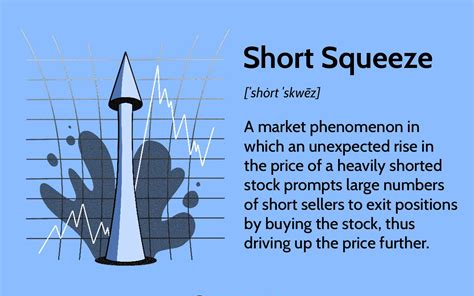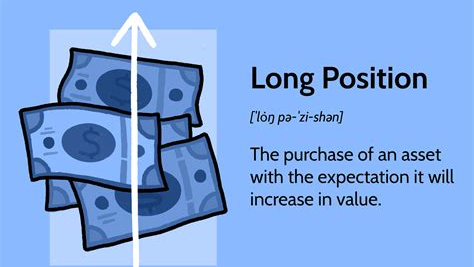Meme stocks
Meme stocks refer to shares of a company that have gained viral popularity due to increased social sentiment, usually due to online activity, especially on social media platforms these stocks are often overvalued, and are seen to increase in value great in a short period of time are known to be highly speculative and unstable.
Meme stocks, in their current form, launched in 2020 from the subreddit r/wallstreetbets1. GameStop (GME) is widely regarded as the leading meme stock, whose price rose sharply in a matter of months after its meme community made a small squeeze Other examples include stocks of AMC Entertainment, Bed Bath & . Beyond, National Beverage, and Cos
These stocks carry the additional risk of above-average volatility that can come from viral posts on various social media platforms1. Therefore, investments in Meme stocks should be made with caution. It is always a good idea to consider doing thorough research and seeking advice from financial advisors before making an investment decision.

What is a short squeeze?
Short pressure is a situation in the stock market where asset prices rise sharply, forcing short sellers to buy back assets to cover their losses Short sellers are investors who sell assets on credit in the hope of making a price profit a downward spiral Short squeeze occurs when supply is scarce and there is excessive demand for the asset, creating strong purchasing pressure1.
When the price of a heavily shorted stock suddenly increases, short sellers may have to act quickly to limit their losses2. Short sellers borrow pieces of assets that they believe will fall in value to buy after a crash2. If they are correct, the shares are returned and the price difference is pocketed to close the short position. If they make a mistake, they are forced to buy at a higher price, paying the difference between their fixed price and the selling price2.
As short sellers exit their positions through the ordering process, this adds more buying pressure to the market, potentially causing prices to rise sharply, forcing more short sellers to cover their positions This force can lead to higher stock buybacks and an even bigger jump in share price5.
In summary, short pressure occurs primarily due to a rapid rise in the price of a stock due to excessive short selling relative to the initial underlying when demand is increased relative to supply because it must if short sellers buy stock to cover their short positions .

What is a long position?
A lengthy function, within the context of making an investment, refers to the purchase of an asset with the expectancy that its cost will growth over time1. This is regularly referred to as a “bullish” attitude2. The asset will be a inventory, a currency, a commodity, or maybe a spinoff along with an option or future1.
For instance, if an investor buys 100 shares of a enterprise’s inventory awaiting the price in line with proportion to rise, they’re stated to have taken a long function in that stock3. The investor will income if the rate of the stock will increase and they promote it for greater than they bought it for3.
In the context of alternatives buying and selling, being long can discuss with outright ownership of an asset or being the holder of an option on the asset2. For example, an investor who buys a call option (which gives them the right to shop for a stock at a certain price within a particular time period) is stated to have an extended role in that option2.
It’s vital to be aware that even as taking a long role is typically visible as an funding approach based on optimism about the asset’s future performance, it also entails hazard. If the asset’s fee decreases in preference to increasing, the investor could lose money

What is a short position?
In economics, bearishness refers to the belief that the price of assets such as stocks will fall1. When a trader is “down on stocks”, it means that the price of their stocks is expected to fall1. This approach can apply to a specific company or to a wide range of assets1.
A downturn can be influenced by a variety of factors including economic indicators, market trends, geopolitical events, and company news It is important to note that although a downturn in the economy can mean prices are expected though market forecasts are not always accurate and investments carry constant horror
In summary, bearish behavior is characterized by a lack of pessimism about market conditions and an expectation of falling prices1. This is the “bullish” view that hopes and expects prices to rise

What is a bearish attitude
In economics, bearishness refers to the belief that the price of assets such as stocks will fall1. When a trader is “down on stocks”, it means that the price of their stocks is expected to fall1. This approach can apply to a specific company or to a wide range of assets1.
A downturn can be influenced by a variety of factors including economic indicators, market trends, geopolitical events, and company news It is important to note that although a downturn in the economy can mean prices are expected though market forecasts are not always accurate and investments carry constant horror
In summary, bearish behavior is characterized by a lack of pessimism about market conditions and an expectation of falling prices1. This is the “bullish” view that hopes and expects prices to rise1.


